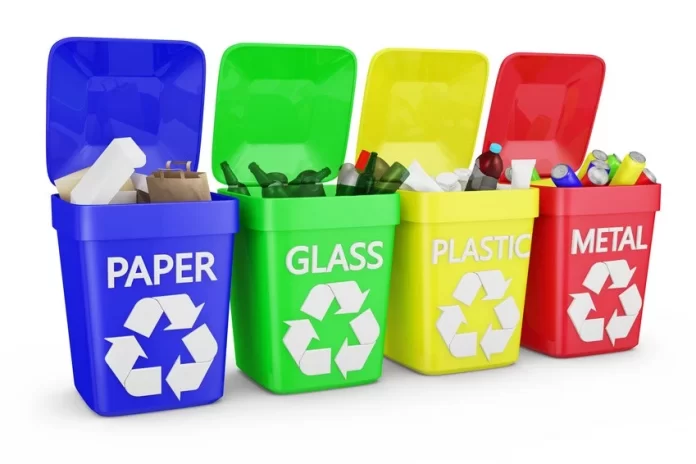The world is going through an alarming increase in the amount of waste being created. In order to combat this problem, it’s important for all of us to do our part by recycling as much waste as possible. This article will outline 6 ways you can recycle waste in your home and avoid sending garbage to a landfill or incinerator.
What is Waste?
Waste refers to anything that is unwanted or considered to be of no value. It can be in the form of a solid, liquid, or gas. Waste is often generated during production processes, such as when manufacturing products or growing food. It can also come from households and businesses, like when we throw away leftover food or old clothes.
There are many ways to reduce the amount of waste we produce, such as recycling and composting. But even with these measures, some waste will always end up in landfill sites. This can cause environmental problems, like pollution and climate change.
The good news is that there are now more options than ever for dealing with waste. In some cases, it can even be turned into a resource! For example, sewage sludge can be used as fertiliser, and food waste can be used to generate energy.
Why Recycle Waste?
When it comes to recycling waste, there are many benefits that come with it. Not only does recycling help to conserve our natural resources, but it also helps to reduce pollution and greenhouse gas emissions. Additionally, recycling can create jobs and boost the economy.
Here are some of the top reasons why recycling waste is so important:
1. Recycling conserves our natural resources.
2. Recycling reduces pollution.
3. Recycling helps to combat climate change by reducing greenhouse gas emissions.
4. Recycling can create jobs and boost the economy.
6 Different Ways to Recycle
Waste recycling is not only good for the environment, but it can also be beneficial for your wallet. Here are some different ways to recycle waste:
1. Reduce, reuse, and recycle your own waste.
Start by reducing the amount of waste you create. See if there are ways you can reuse items instead of throwing them away. And when you do have waste, recycle it instead of sending it to the landfill. Many communities have recycling programs in place, so check to see what options are available to you.
2. Donate unwanted items.
Donating unwanted items is a great way to recycle them and help others at the same time. There are many organizations that accept donations of gently used items, so do some research to find one that suits your needs.
3. Buy recycled products.
When you need to buy new products, look for ones that are made from recycled materials. This helps close the recycling loop and supports businesses that are doing their part to be environmentally friendly.
4. Compost your food waste.
If you have a backyard, composting your food waste is a great way to reduce the amount of waste you send to the landfill. It’s also an easy way to create your own nutrient-rich fertilizer for your plants.
5. Participate in e-waste recycling programs.
Many communities have e-waste recycling programs in place where you can recycle old electronics. This keeps harmful materials out of landfills and helps ensure that these items are properly disposed of.
6. Upcycle instead of recycling.
Upcycling is when you take something that would normally be considered trash and turn it into something new and useful. This is a great way to get creative and reduce waste at the same time.
There are many different ways to recycle waste. Some of the most common methods are:
-Composting: This is a process of breaking down organic materials into a nutrient-rich soil amendment.
-Recycling: This involves sorting and processing materials like glass, metal, plastic, and paper so they can be used again in new products.
-Reuse: This means finding new ways to use items instead of discarding them. For example, using old clothing as rags or using empty food containers as planters.
Each method has its own set of benefits and challenges, so it’s important to choose the one that makes the most sense for your situation. composting is a great way to reduce landfill waste, but it requires patience and effort. Recycling is easy and convenient, but not all materials can be recycled. And reuse is often the best option for items that are still usable but no longer needed by their original owner.
The important thing is to find a recycling solution that works for you and your community. There are many resources available to help you get started, so there’s no excuse to start making a difference today!
Conclusion
It’s important to remember that recycling is only one way to reduce waste. While it’s a great way to reuse materials and keep them out of landfills, it’s not the only solution. There are many other ways to reduce waste, including composting, reducing your consumption, and donating items you no longer need. By using a combination of these methods, we can all do our part to reduce waste and help protect our planet. https://businessfig.com/








